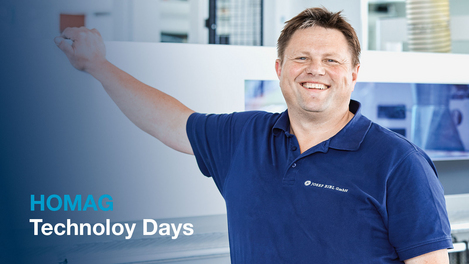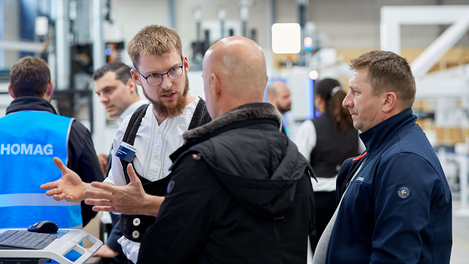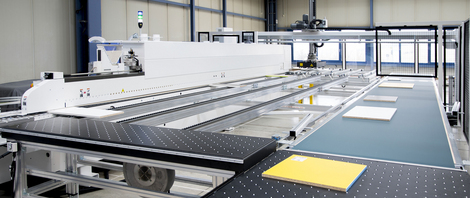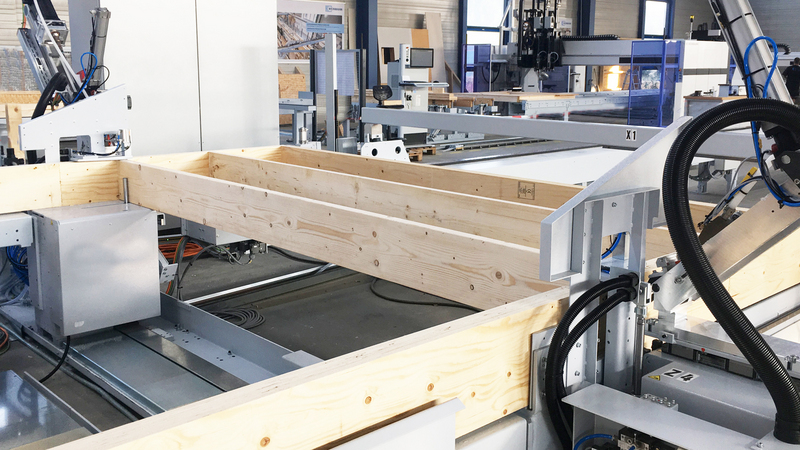New screw separator system increases efficiency
WEINMANN develops an automatic separation for loose screws.
More and more screws are used as fasteners in timber construction. In order to use them efficiently and profitably, WEINMANN has developed an automatic separator system for loose screws. These separator system is capable of handling not only standard lengths up to 70 mm, but also long screws, such as those with a length of 160 mm, 220 mm or 250 mm or even longer.
Already today in many countries frame works and elements are fastened with screws. Especially from Scandinavia there can be seen a growing number of requests for the usage of screws. The EU's Nearly Zero-Energy Building Strategy 2020 will be implemented with the help of double walls. Producing such a façade requires screwing the frame works of the two wall elements together. This lengthy, complex process can now be carried out in a shorter amount of time and with less expense thanks to the power of automation. In addition, several Swedish companies have already decided not to nail the top and bottom plates together any longer, but to screw them together instead.
To provide the right solutions to meet these requirements, automatic screw units are available for both the frame work station and the multifunction bridge. These units will streamline various processes and make them more economical, including:
- Screwing of plates and studs in an angle of 45° with screws (190 mm length)
- Automated change of screws for the automated screwing of roof elements with 160 mm scres in an angle of 90°
- Attaching gypsum plaster board to the wood frame construction - Screwing the installation level to the interior of the element
- Screwing the substructure for ventilated facades using long screws
According to Managing Director Hansbert Ott - someone who considers the screwing process "as much a topic for the future as the automated insertion of insulation" - these screws could be implemented in numerous areas of wood work in the long term. The new technology could even inspire timber construction companies to come up with new designs that are superior to traditional ones, whether this be in terms of their statics, fire protection or other qualities.




